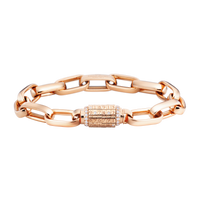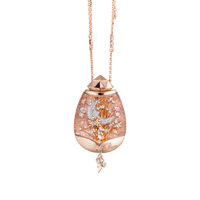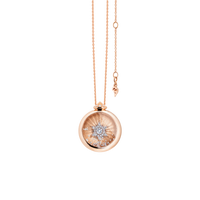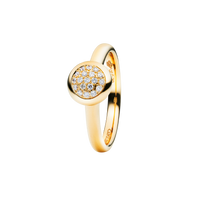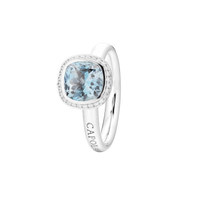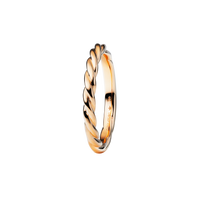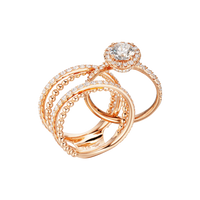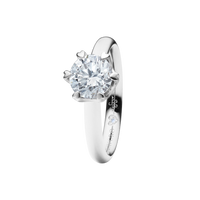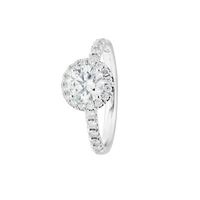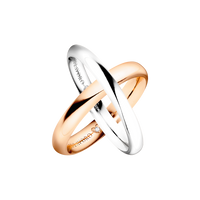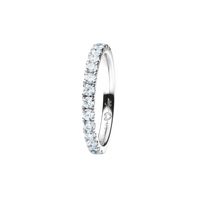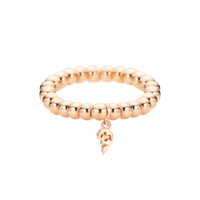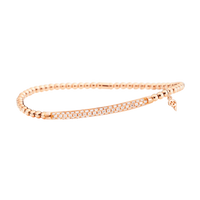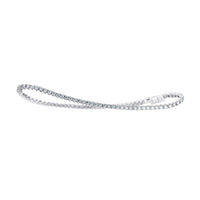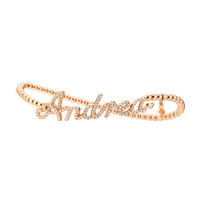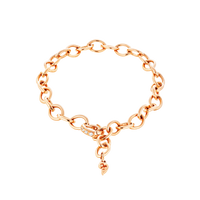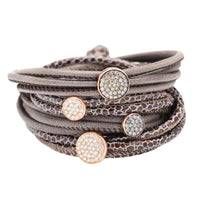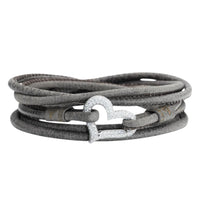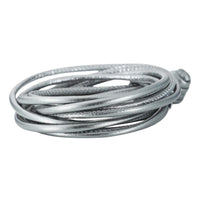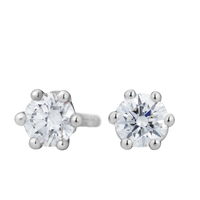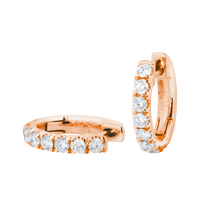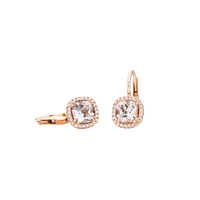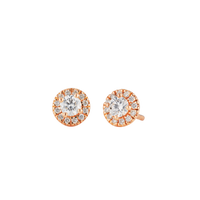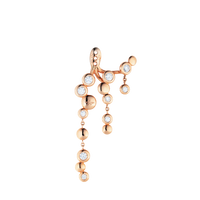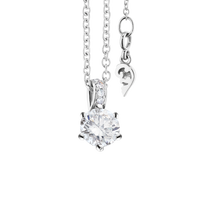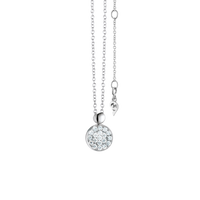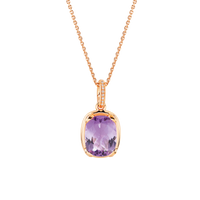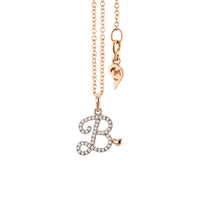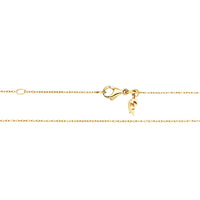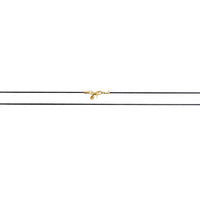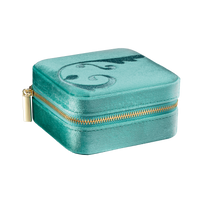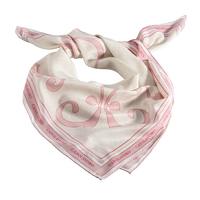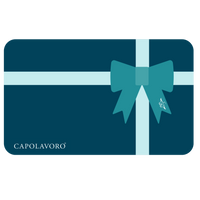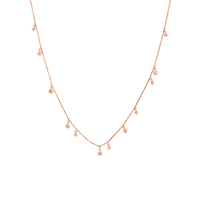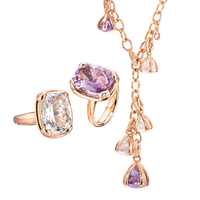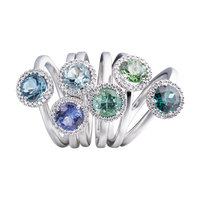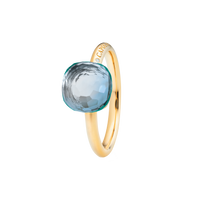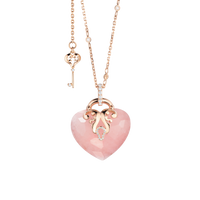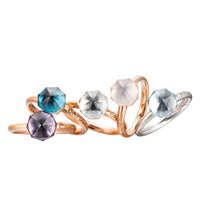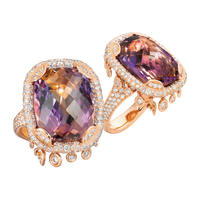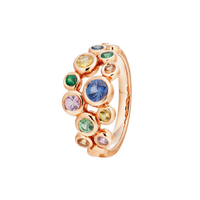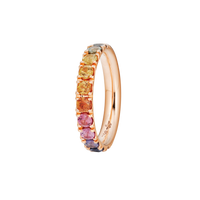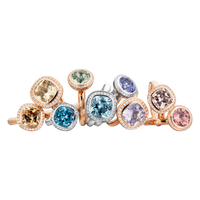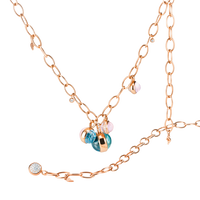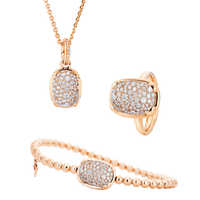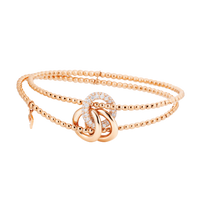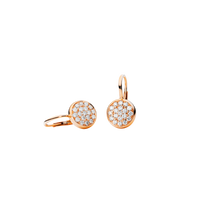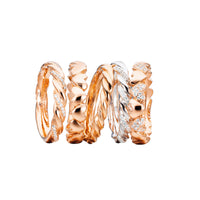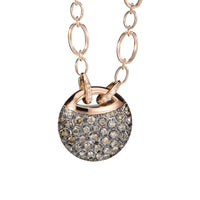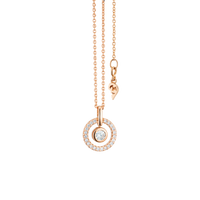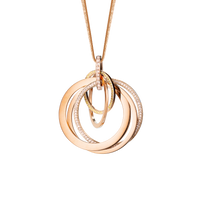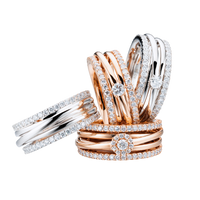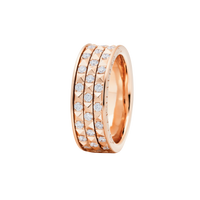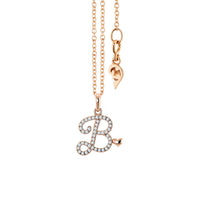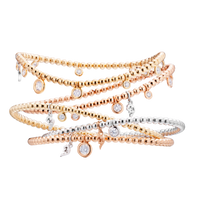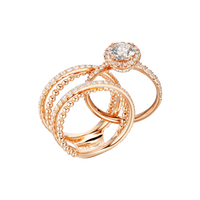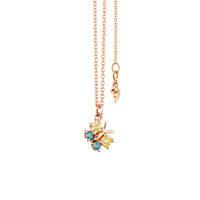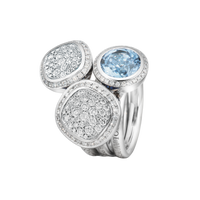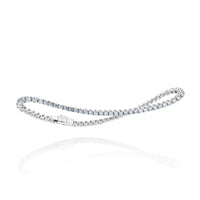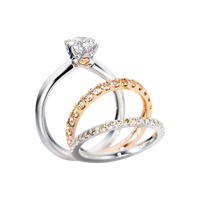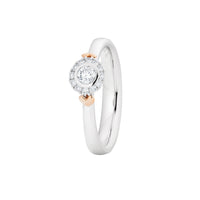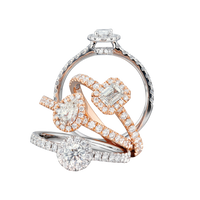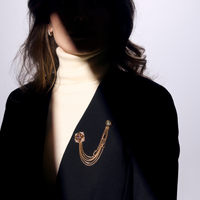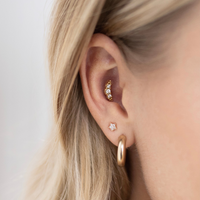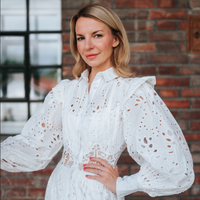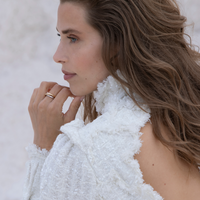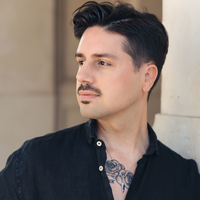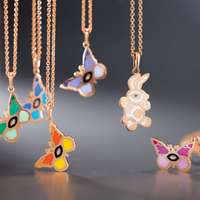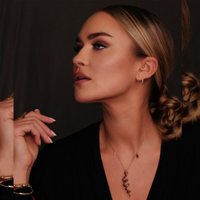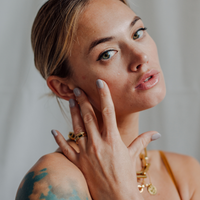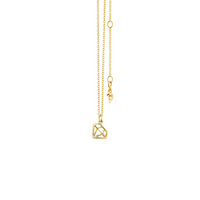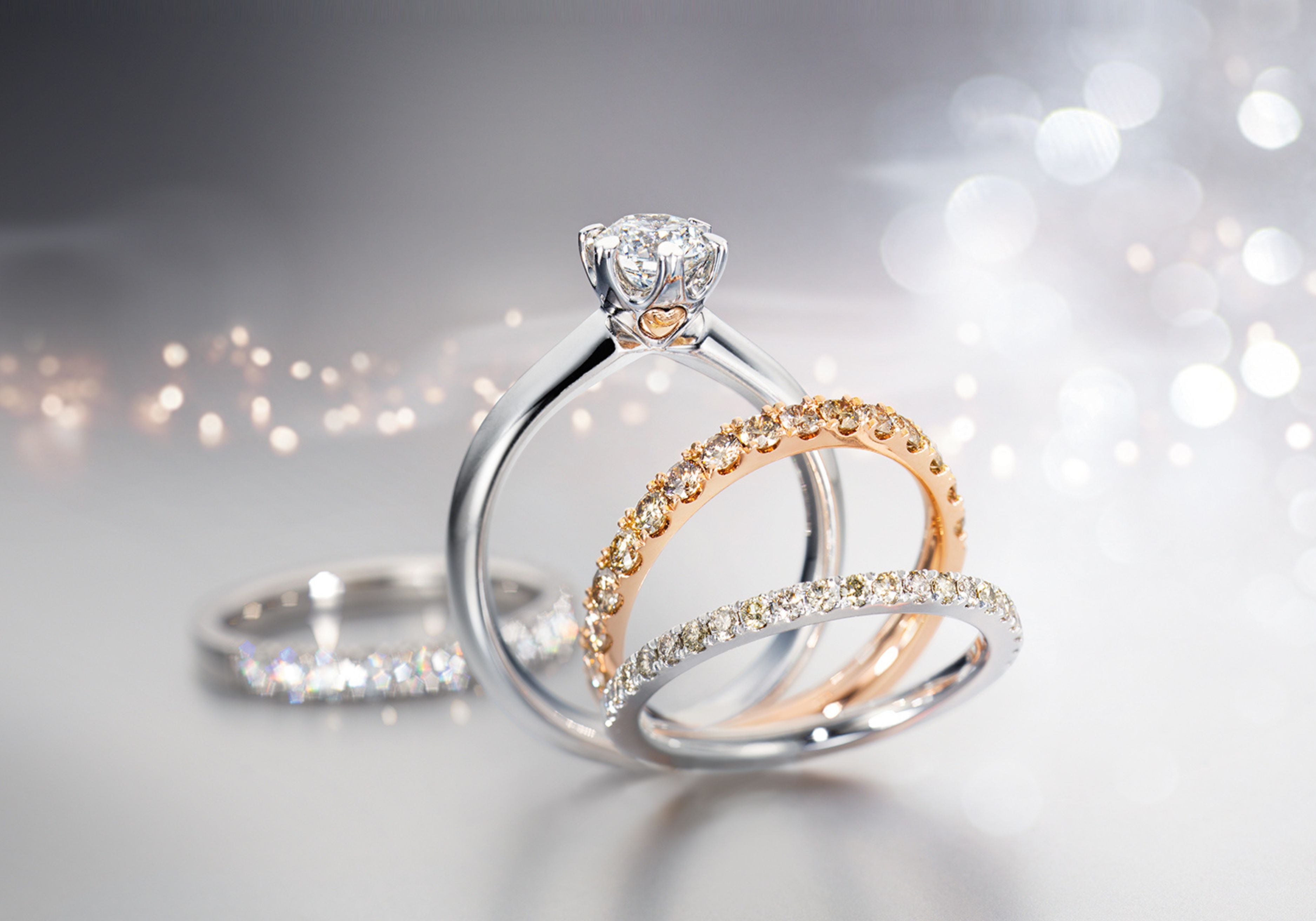Sparkling
Diamonds
Immerse yourself in the dazzling world of diamonds, those precious gemstones that have fascinated humanity for centuries. From their mysterious formation deep underground to their radiant beauty and unparalleled hardness, diamonds have a fascinating history and a timeless appeal.
History
Diamonds
Origin
The term “diamond” is borrowed from the Greek “adamas,” which means “invincible.” The King of Gems. Formed billions of years ago and almost as old as time itself. Older than many stars in the night sky, the diamond has had an incredible journey along the way. A journey that shaped the most precious gemstone in the world from the original element carbon. Created at the beginning of our time in the womb of the earth, where heat and pressure are particularly great, and carried to the surface of our planet by volcanic forces, diamonds retain their value for eternity. First discovered in India, diamonds are mined in many areas around the world. In Africa and Australia as well as in Canada and Russia. In the most remote deserts and even at the bottom of the sea. Only a tiny fraction of the stones found have the size and, above all, the quality to be cut and polished and used as jewelry stones. Diamonds are the most precious of all stones. They are considered one of the safest investments. Their value remains relatively stable even in times of crisis. In addition, diamonds can be purchased anonymously and can be inherited and given away tax-free.
Legend
Diamonds have fascinated people for hundreds of years, even magically captivating them. Because of their rarity, their beauty, but also because of the supernatural powers that they were said to have. No tool was strong enough to cut them and even the hottest fire could not harm diamonds. To the Greeks they were tears of the gods, while in ancient Rome diamonds were thought to be shards of stars. In India they were considered good luck charms that were supposed to ward off illness, theft and evil forces. Other cultures believed in their healing powers. The mystical and magical aura of diamonds made them extremely desirable. Kings in ancient times wore them in battle, queens flaunted them as a symbol of power and passion. In the thirteenth century, King Louis IX issued a decree. France even passed a law that forbade ordinary people from wearing diamonds, thus reserving them exclusively to wearers of royal descent. Diamonds have retained their fantastic appeal to this day.
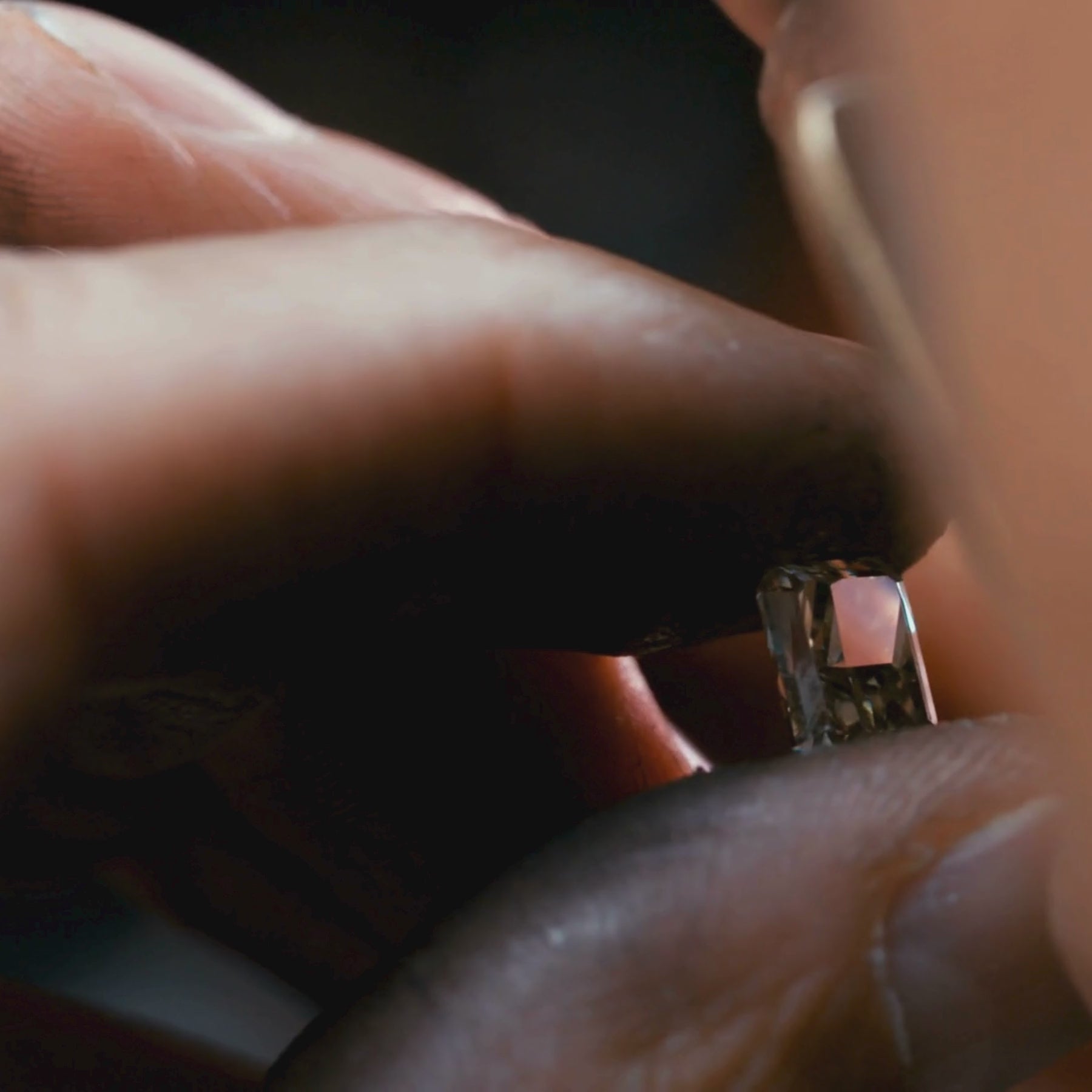
Diamonds are for love
THE 5 BIG C'S AND THEIR IMPORTANCE
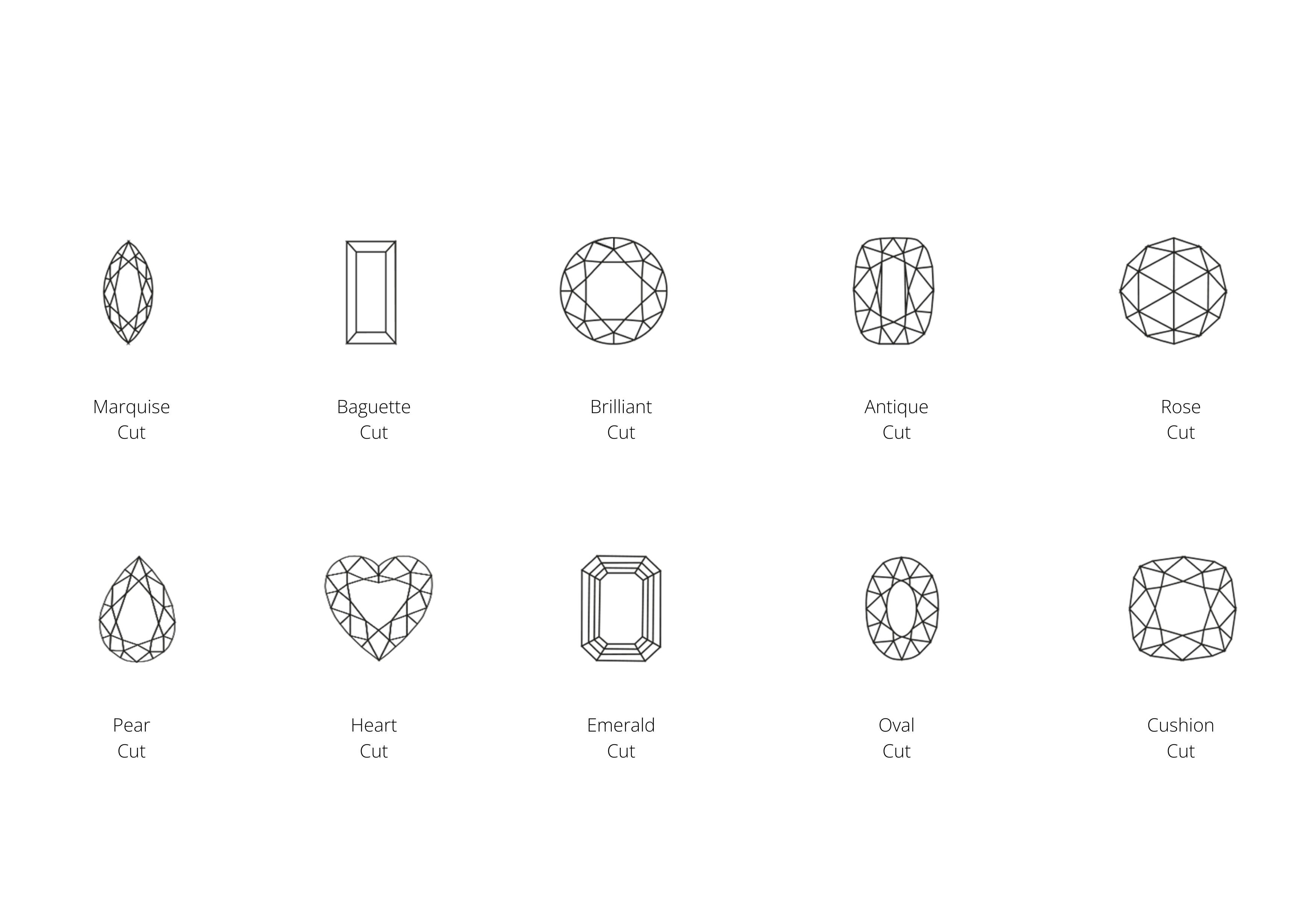
As multifaceted as love
Cut
The cut of a diamond refers to the way it has been shaped and cut to capture and reflect light, with a good cut making the diamond particularly sparkling and attractive.
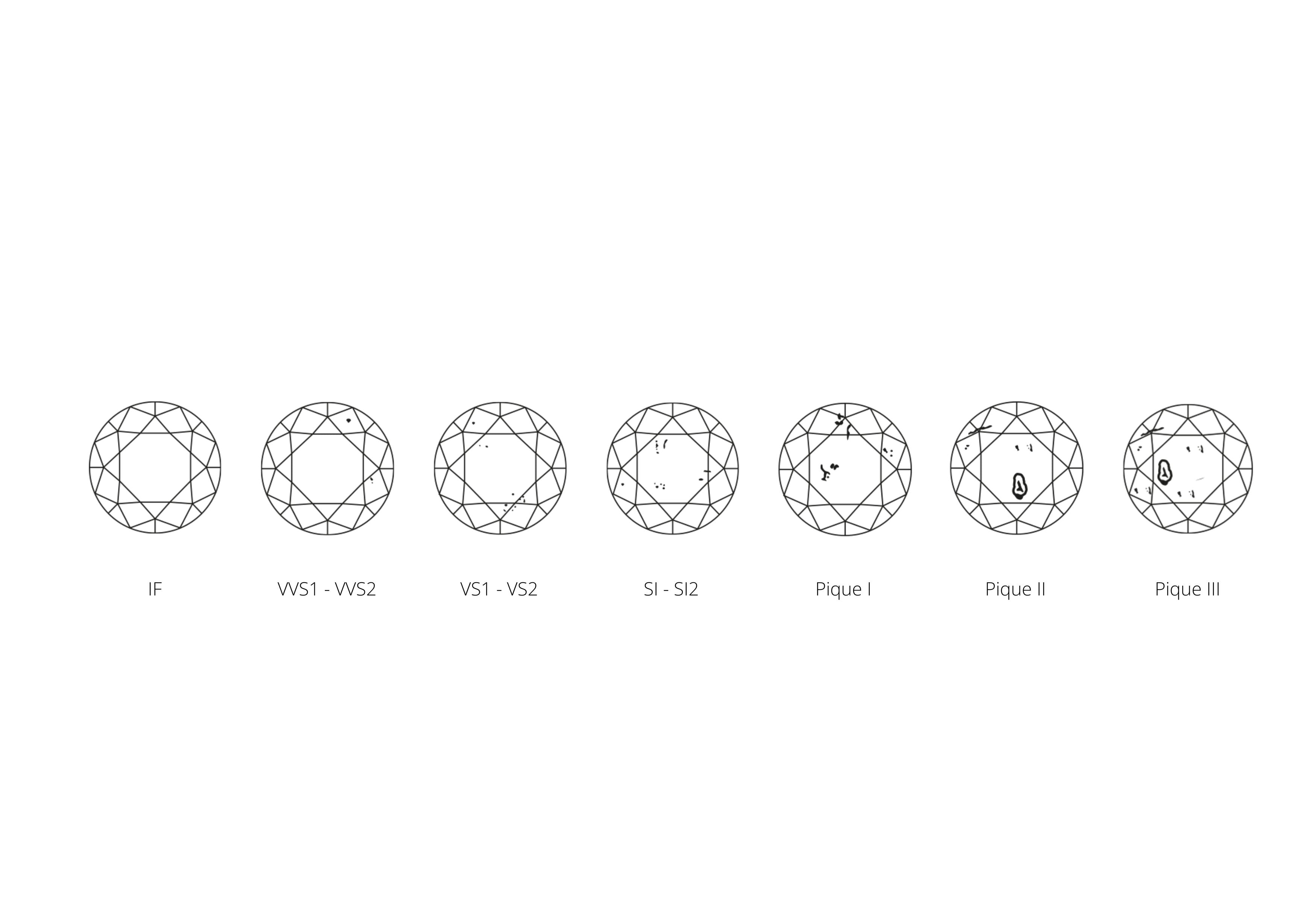
As pure as love
Clarity
A diamond's clarity refers to how free it is from inclusions and impurities, with diamonds with fewer inclusions considered more valuable.
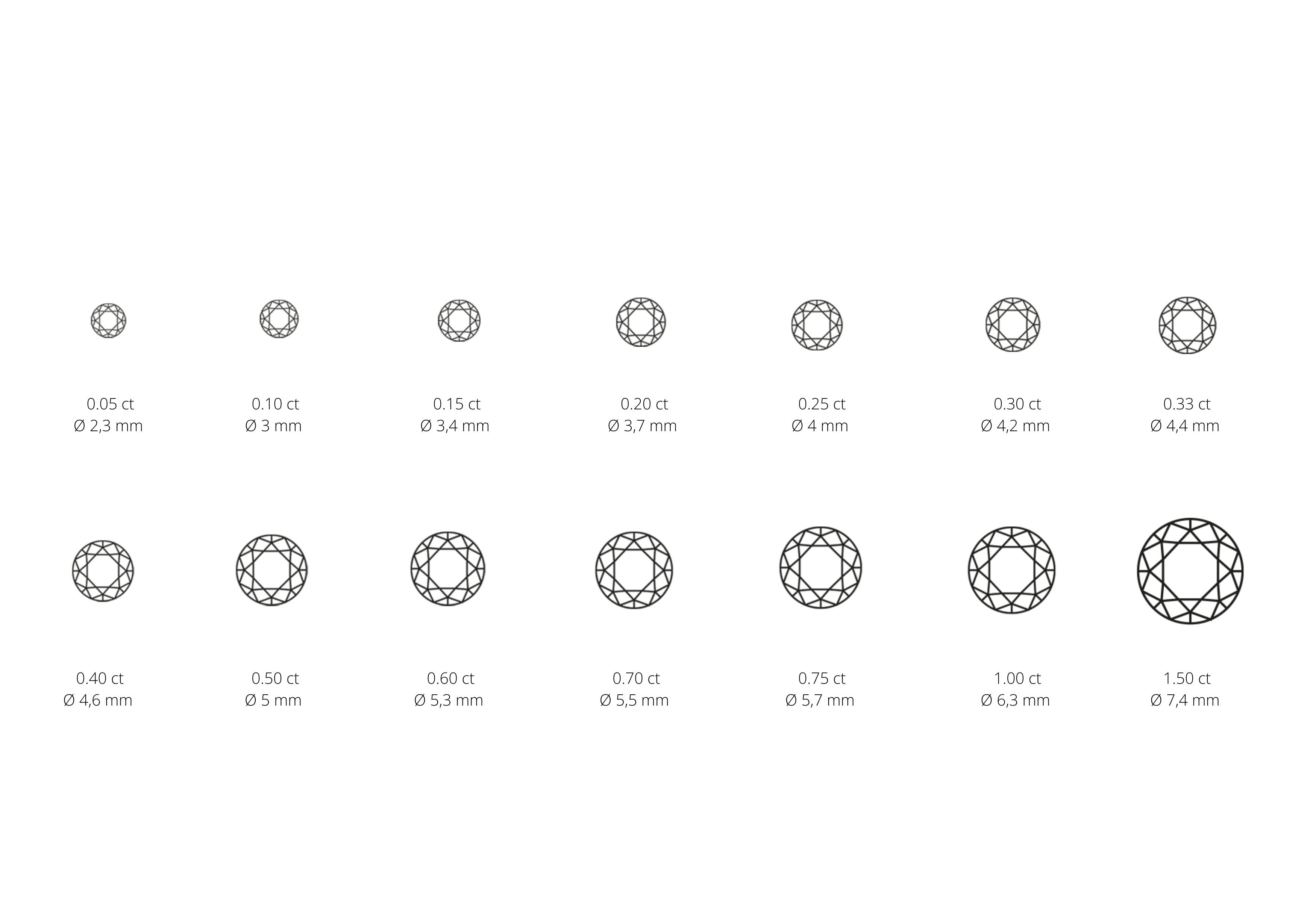
As big as love
CARAT
A diamond's carat weight refers to its size and is a measure of how much it weighs.
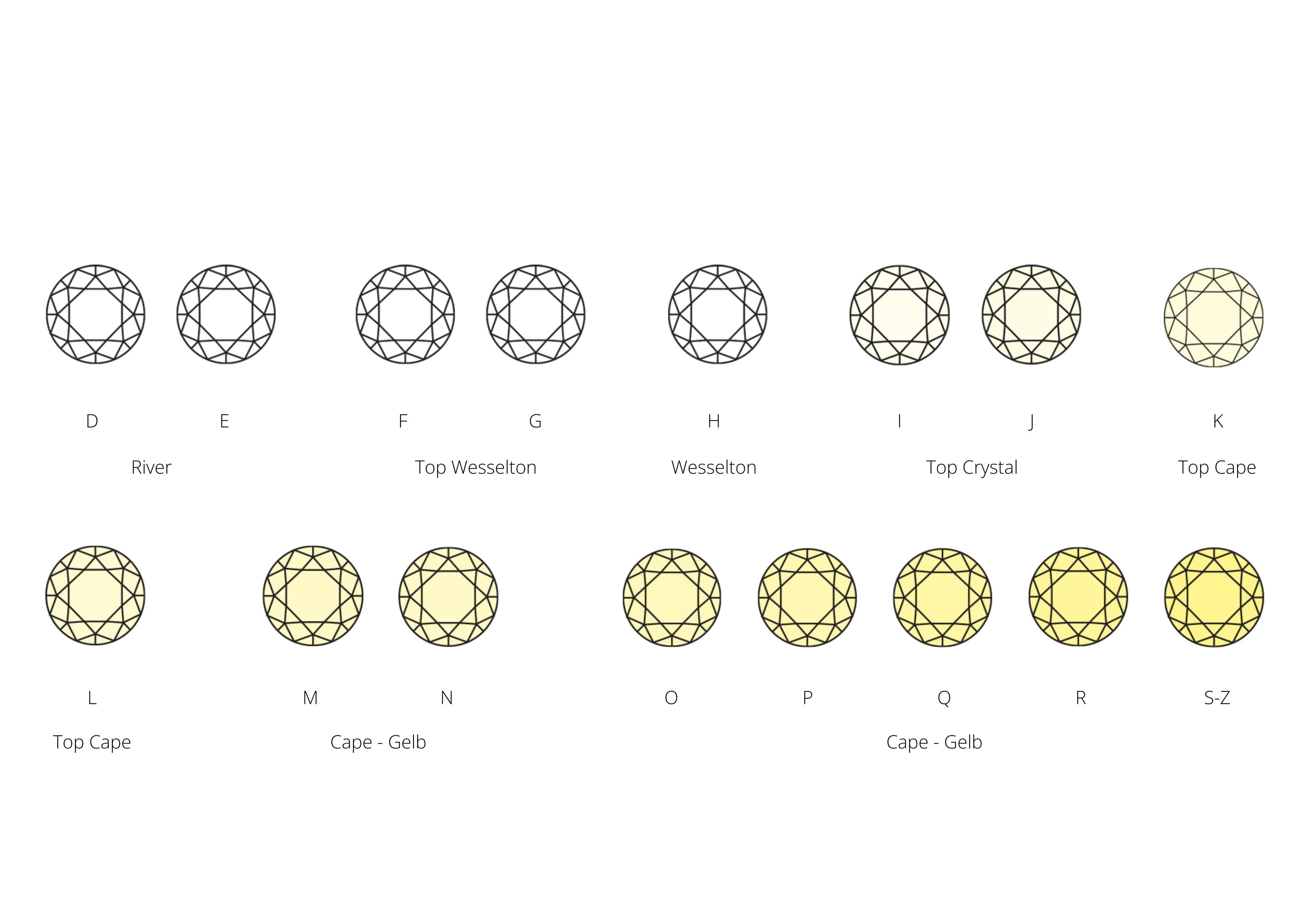
As colorful as love
Colour
The color of a diamond is graded on a scale from D (colorless | extremely fine white) to Z (distinct yellow), with colorless diamonds being the most valuable.
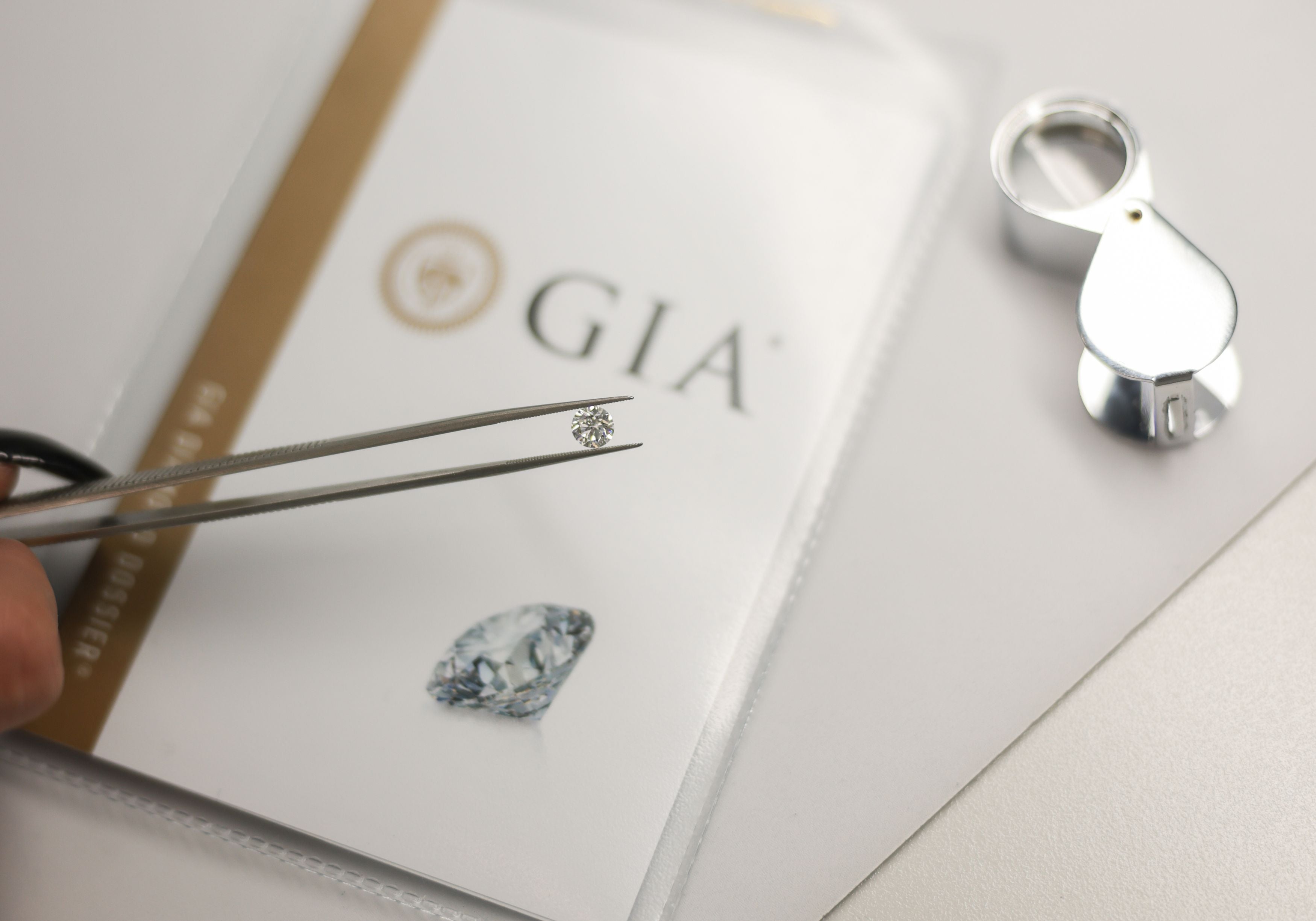
As safe as love
Confidence
Confidence – the trust in purchasing diamonds, which at CAPOLAVORO is guaranteed by GIA certification, strict quality controls and years of experience.

As multifaceted as love
Cut
People are often compared to rough diamonds whose value is not immediately apparent and whose special nature first has to unfold - for example through love. In fact, without its cut, a diamond would be just a pretty stone - comparable to a pebble. Only masterful craftsmanship brings the diamond to life. It's the cut that makes the difference. The perfect cut brings out the fire that lies within a diamond. The many facets capture the light, refract it, reflect it again and again and provide infinite sparkle. It is like a human miracle because only experts in their field can get the best out of a rough diamond. Of the many types of cuts that exist, the brilliant cut is the most commonly used. If the ideal proportions are respected, the fiery sparkle can be increased to the maximum. The cut consists of 56 (also 57) facets, unmistakable in the upper part is the arrangement of the facets around a large "table" on the crown of the stone and the circular girdle that separates the upper part of the brilliant from the lower one.

As pure as love
Clarity
The king of gemstones has always fascinated with its purity and clarity. Small growth features that have formed in the depths of the Earth during the formation process are called inclusions. The fewer these traces there are, the more perfectly the light is reflected and the more valuable the diamond is. But even a stone with such tiny natural birthmarks has great magic - especially when it is crafted into a fine piece of jewelry. Because most of these bullet holes are hardly or not at all visible to the eye. It therefore depends on their size - there are fixed standards for distinguishing and determining the value of the respective purity of a diamond. The scale ranges from flawless (no inclusions can be detected even under 10x magnification) to imperfect (traces clearly visible to the naked eye). At Capolavoro we usually use diamonds that only have very small inclusions (vs1 very small inclusions), which are not visible to the eye and cannot be seen at all or are very difficult to see even with a magnifying glass. Diamonds as pure as love itself!
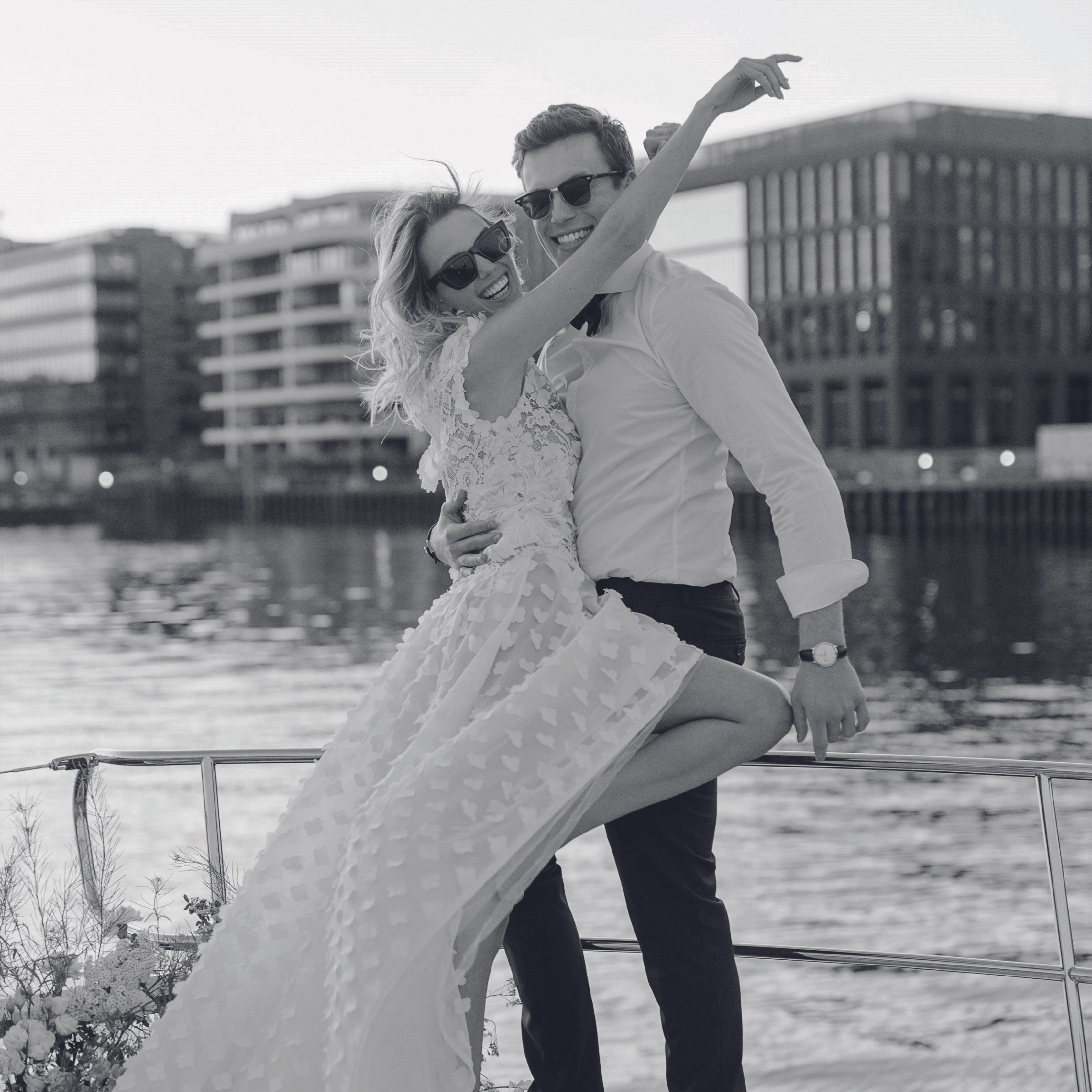
As big as love
Carat
The bigger the stone, the greater the love? Things don't work out that easily in the world of emotions! But admittedly: a one-carat diamond like this can certainly impress. The carat number does not indicate the size but rather the weight of the diamond. Incidentally, one carat corresponds to a fifth of a gram, i.e. 0.2 g - as heavy as the seed of the carob tree (Ceratonia siliqua L.) that gives it its name. Common weight sizes are 0.25 ct, a “quarter carat” with a diameter of approx. 4.10 mm, 0.50 ct, a half carat with a diameter of approx. 5.10 mm and the popular one carat (1.00 ct), which is approx . 6.50 mm). In comparison, a two-carat diamond has a diameter of approximately 8.10 mm. All of these measurements apply to standard brilliant cut diamonds. Of course, bigger doesn't always mean more valuable - after all, there are a total of four criteria that influence value. Not to be forgotten: Even very small diamonds, set close together in a pavé style, for example, have a fantastic sparkle.
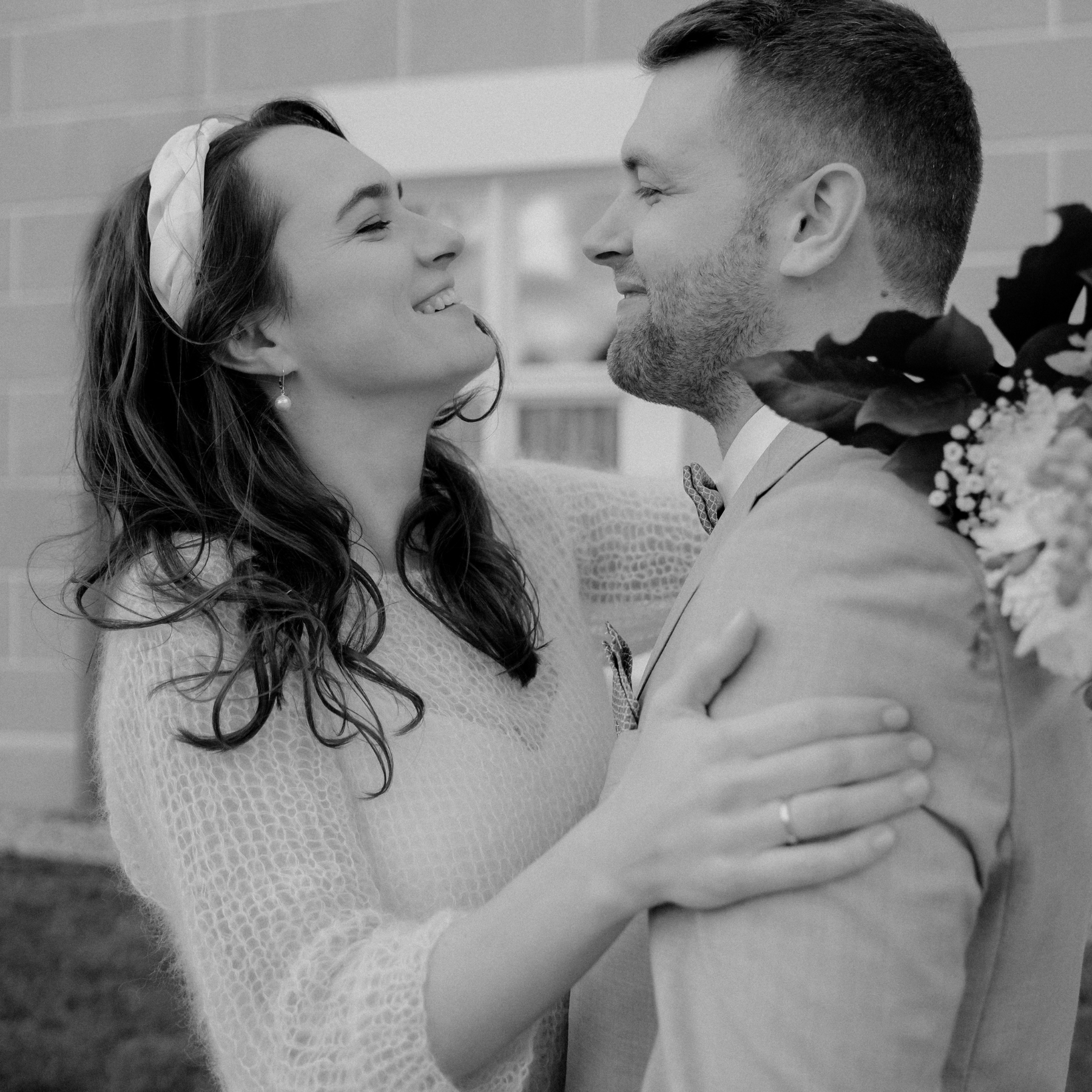
As colorful as love
Colour
What color is love? Red as the saying goes, pink as a symbol of romance or is it the brightest and clearest light imaginable? When it comes to diamonds, the absolutely colorless stones are usually the most valuable. In this case, too, there is a scale with which the nuances are measured and evaluated. From bright white to yellowish tones. But like every rule, this one also has its exceptions. It depends on the intensity of the color and, above all, its rarity. There are red, pink or even blue diamonds, which are rare and therefore particularly expensive. Like the yellowish diamonds, brown or black diamonds are also cheaper. However, as with love, beauty lies in the eye of the beholder. Anyone who discovers “his” diamond and “his” piece of jewelry will want to own it forever… regardless of or precisely because of the special nuance of the stone.
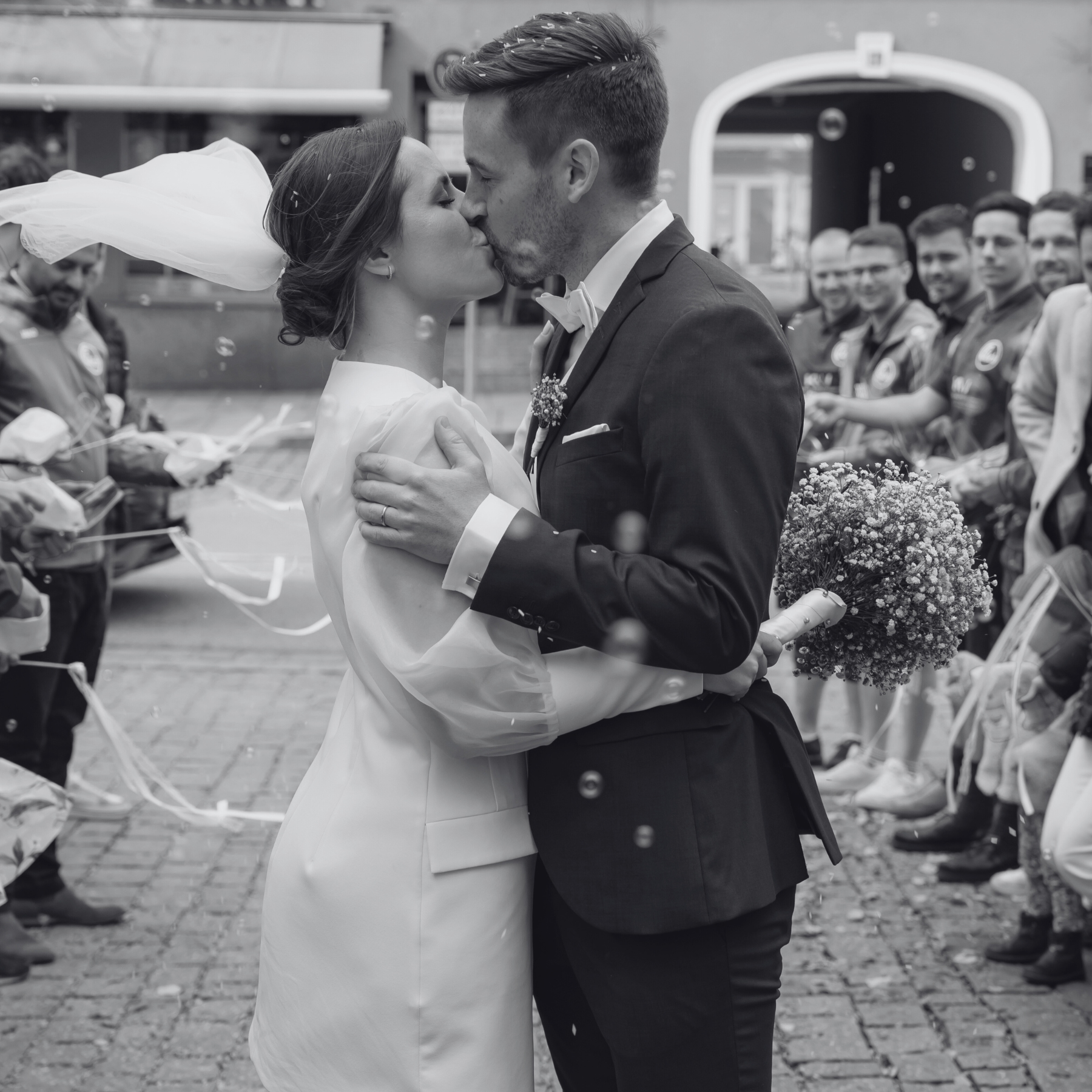
As safe as love
Confidence
A fifth, important aspect is increasingly being added to the classic 4 C's for evaluating diamonds: Confidence - the English word for trust. Because buying diamonds is actually a matter of trust. Not only when it comes to diamonds as an investment, but also and especially when it comes to diamonds that make beautiful jewelry shine. We at CAPOLAVORO take this aspect particularly seriously and bring all our expertise into play when selecting the stones. All diamonds we use from 0.30ct are GIA certified, meaning they have the internationally recognized “ID card” from the Gemological Institute of America. This provides information about the key features and properties of the stone. In this way, identity and value can be precisely understood. Of course, we only use “natural diamonds”, i.e. naturally formed stones, all of which are subject to strict quality control.
